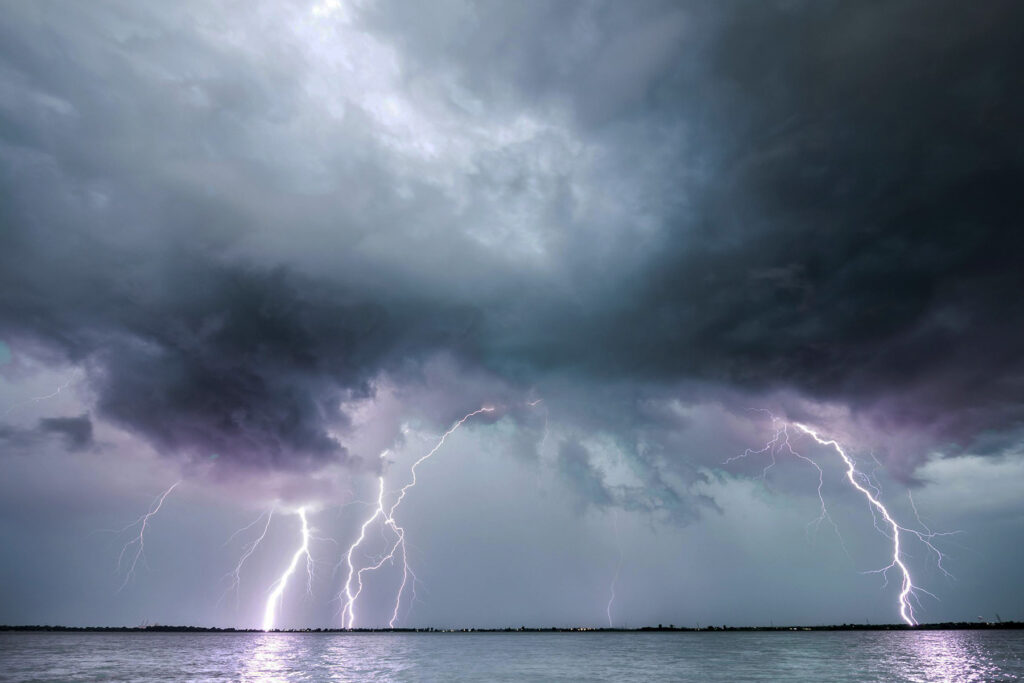Safety & Risk Management Links
Respect the signs, protect yourself and your ride.
The plantation forests are full of roads that make for a great day out on foot or on two wheels. Whether you are riding your mountain bike or heading out for a walk, there are plenty of open roads and tracks to explore responsibly. But when you come across a closure sign, it means that section of the plantation forest is an active worksite, and it is closed for a reason.
Inside these areas, there can be large equipment with restricted visibility, falling timber, and uneven or unstable ground. Forest workers and machinery operators are focused on the task at hand and may not see you until it is too late.

Welcome to Queensland, Australia’s most biodiverse state. We’re home to 70% of Australia’s mammals, 80% of its native birds, and more than half of its reptiles, frogs, and plants.
Across our landscape you will find koalas, kangaroos and countless other cuddly critters. However, amongst them live some of nature’s deadliest residents.
From the stealthy saltwater crocodile patrolling our northern waterways, to the world’s most venomous snake, the inland taipan, slithering around our arid west, many of Australia’s most dangerous animals call Queensland home.
Take a closer look – go to Queensland’s most dangerous animals
Source: Department of Environment, Science and Innovation
Flooding in Queensland
Useful resources from the QLD Government.
Floods can occur almost anywhere in Queensland and can rise over days, or in minutes in a ‘flash flood’. Don’t enter floodwater—even water 30cm deep could sweep you off your feet.
After heavy rain in your area…
- Keep informed about weather patterns and weather forecasts and act quickly on any advice
- Stay away from rivers, creeks and drains
- Get to higher ground
- Never try to drive, ride or walk through floodwater.
Flood (Queensland Government)
Storms and floods (Workcover Queensland)
If it’s flooded, forget it! (Get Ready Queensland)
Emergency Tips | ABC Australia
Emergency Tips | ABC Australia
The Australian Warning System is a new national approach to information and warnings for hazards like bushfire, flood, storm, cyclone, extreme heat and severe weather, with the same three alert levels across all states and territories.
The Australian Warning System, developed by a working group at the Australasian Fire and Emergency Service Authorities Council (AFAC), has been designed based on feedback and research across the country and aims to deliver a more consistent approach to emergency warnings, no matter where you are. It uses a nationally consistent set of icons to show incidents on websites and apps, supported by calls to action.

You can survive a rip current by knowing your options
- Stay calm.
- Raise an arm to seek help.
- Float with the current until it releases you.
- Swim parallel to the shore or towards breaking waves, use them to help you in.
Learn More: Rip Currents – SLS Beachsafe
When it comes to extreme weather events in Queensland, it’s not a matter of ‘if’ but ‘when‘. Get Ready Queensland is a year-round program helping all Queenslanders prepare for natural disasters. Being prepared before a disaster hits could be the difference between staying safe or putting yourself and those you love in danger.
Source: Get Ready Queensland

Queenslanders are a pretty resilient bunch when it comes to natural disasters, and as the most disaster-prone state in the country, we need to make sure we’re ready for whatever comes our way. Like … tropical cyclones.
Although we’ve been through it all before, it pays to reset and check that you’re prepared when the first storm of the season hits. Plan ahead now and cross off this storm-ready checklist to safeguard your home and family.
Read More: A storm is brewing: Your essential wild weather checklist

Australia, like several other countries in the world, has a reputation for serious bushfires. A basic understanding of bushfires is useful if you are a bushwalker or spend time in the outdoors. Read More: Bushwalking Bushfire Safety

You’re in the middle of a storm and the telly suddenly turns off, the fridge stops humming and the lights go out.
There’s a good chance your next thought is going to be: “What am I meant to do again?”
With the energy market operator warning that 1.3 million households are at risk of losing power this summer, we’ve put together a list of tips and tricks so next time you’re in a blackout, you’re prepared. Learn More: Blackouts: What to do before, during and after a power outage

Recently, like many other Australians across the country, I had a knock on the front door from a policeman telling me it was time to go! I had to evacuate the house as soon as possible. This was a first for me and not really something I had ever seriously considered a possibility.
A day or so later after we were allowed home, I decided to create a checklist – maybe even the ultimate emergency Grab Bag checklist. I did a little Internet research and soon discovered I wasn’t the only one with this bright idea. The list is a compilation of my ideas and the thoughts of many others.
Read More: The Grab Bag

There are over 70 species of tick in Australia, 16 of which are known to feed off humans. Most tick bites pose no long term harm to humans, however, children are at higher risk of a serious and harmful reaction, especially to the bites of paralysis ticks. The majority of Australian tick species can be found along the Eastern Coast, particularly in humid areas. Serious concerns about tick outbreaks in Sydney are trickling up the eastern seaboard, with the Gold Coast, Brisbane, Toowoomba and Sunshine Coast areas all at risk. The Gold Coast has been historically named as one of Australia’s hot spots for tick bites. Ticks love warm humid environments and South East Queensland provides a perfect habitat for them.
READ MORE: Tick Bites
Things you’ll need in case of an emergency
Emergency agencies recommend having a kit ready with items that will help you survive and recover from a disaster. You should keep your kit in a handy location, in a container or bag that’s big enough to add extra items when you’re responding to a specific disaster. Learn more: Survival Kit
No matter whether you’re travelling by land, sea or air, GPS equipped Distress Beacons can mean all the difference in a life-threatening situation. Beacon registration can be completed online for free.
Source: Australian Maritime Safety Authority (AMSA)
What Happens If I Activate My Distress Beacon?
As an avid wilderness explorer, I’m often out in the middle of nowhere with no phone reception and miles from help. And that’s why I always carry a distress beacon, aka. Personal Locator Beacon (PLB).
Before you leave home check the park alerts on the NPRSR website for the latest information on access, closures and conditions.
Go to Park Alerts
Understanding fire safety, taking steps to prevent fires occurring, and acting appropriately when fires break out, will help protect you, your loved ones and your valuable possessions.
Vehicle safety and related information for all drivers and off-roaders
- Safety Advice for Motorists (NRMA)
- 4WD Handy Hints (Australian Explorer)
- Top tips for remote 4WD trips (Australian Geographic)
- Packing your 4WD – The Ultimate Guide (Snowys)
- Guide to Tiredness at the Wheel (UK)
- How to safely tow trailers and caravans (NRMA)
- 9 essential tips to prepare for a 4WD road trip adventure (NRMA)
- How to prevent wildlife-related injury on the roads (NRMA)
- Child safety in the car (Better Health)
Sun Safety Queensland
Did you know anyone can get skin cancer? Skin cancer doesn’t just affect older people or fair skinned or people with red hair! The simple fact is that anyone of any age can develop skin cancer.
Not just Slip, Slop, Slap!
Your Summer Guide to Sunscreen
Beat the Heat
Playing and exercising safely in hot weather
UV Exposure and Heat Illness Guide
Helping to keep organised sport and physical activity safe, healthy and fun for all
Heat Related Illness
During very hot and extreme heat conditions, people are at greater risk of health problems. These can be specific heat-related illnesses or a worsening of existing medical problems.


